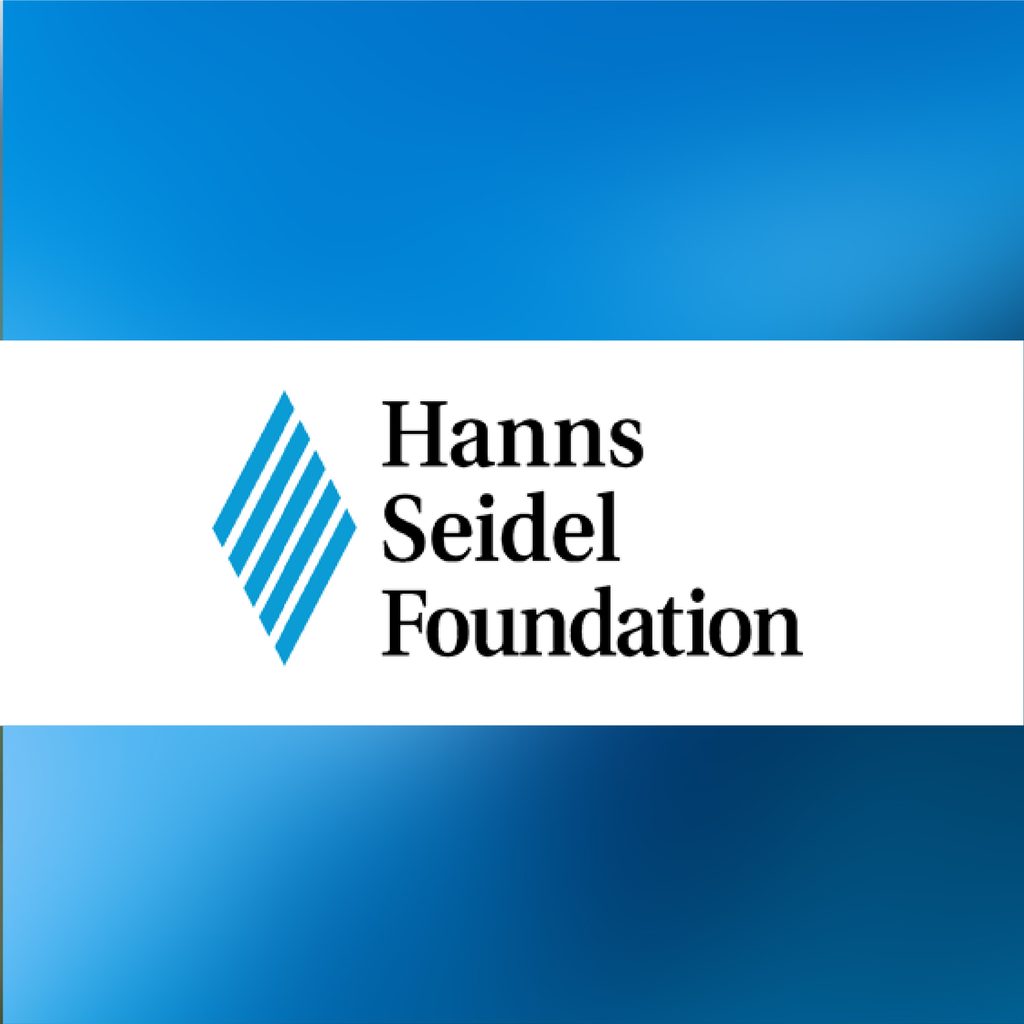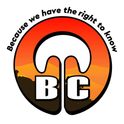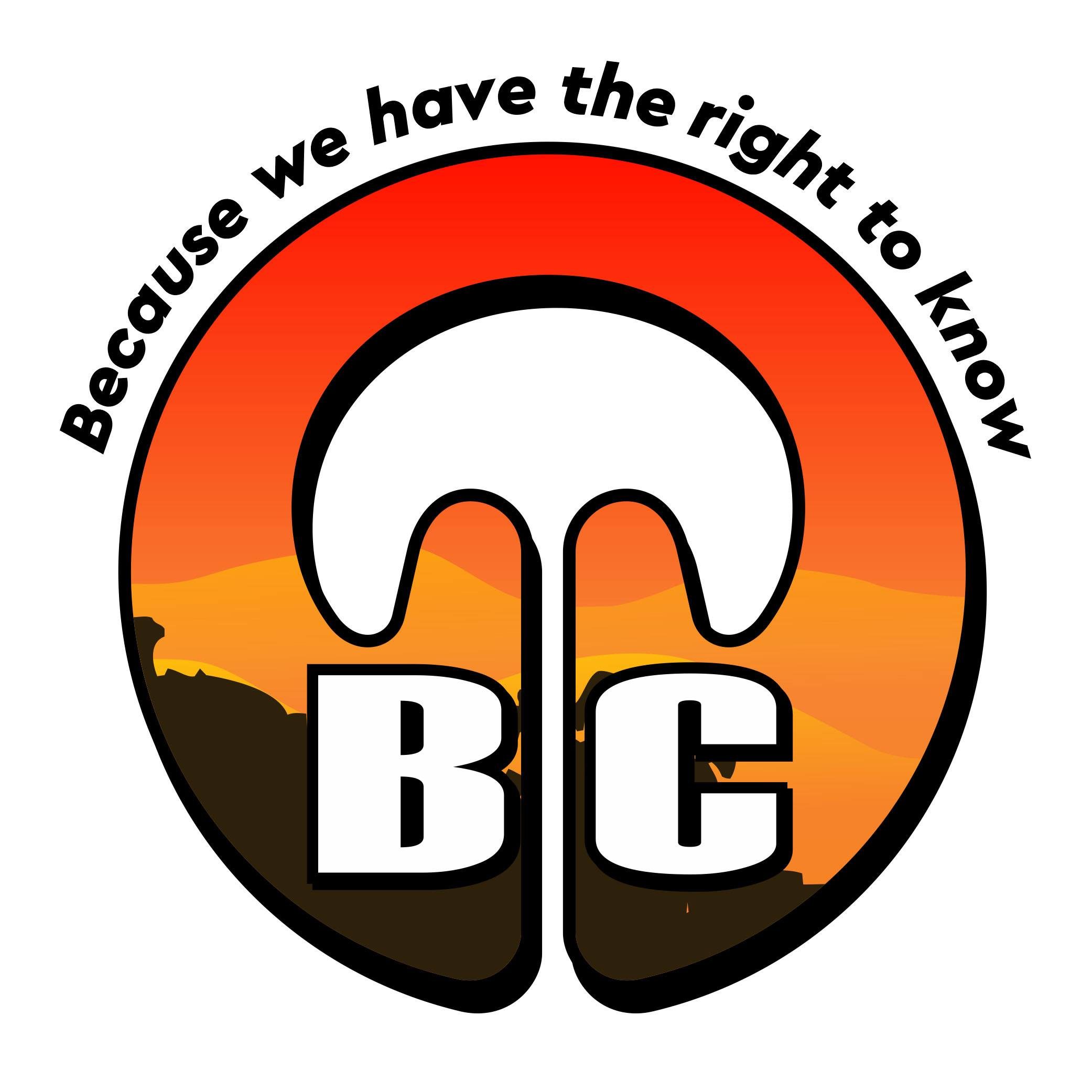Marilou Guieb
“KAPANGAN, here we come.”
This was the gleeful reaction of officers and members of the CAR-MENU after a planning meeting to map out activities for 2022.
CAR-MENU stands for Cordillera Administrative Region- Media Educators for Nutrition.
It is a conglomerate of media practitioners from different media outfits who have banded together to plan and carry out activities that will popularize the advocacies of the National Nutrition Council- Cordillera (NNC-CAR) in this northern region.
The trip to Kapangan is this year’s Nutri-pasada program, one of the annual activities carried out by the CAR-MENU, among others.
This exuberant reaction may sound like the trip to Kapangan is some sort of a joyride. Perhaps it might be, for journeys on long winding roads in the province of Benguet are dotted with picturesque garden terraces and the changing hues of greens and blues of distant mountains. And there is the strengthened camaraderie among CAR-MENU members and also with the local host community.
But more than that, Nutri-pasada is one of the fulfilling highlights of activities with its several components rolled into a single-day event after months of planning and preparation.
The National Nutrition Council
The National Nutrition Council (NNC) is basically tasked to formulate an integrated national nutrition program or policies to upgrade the nutritional status of the nation’s populace.
NNC integrates the efforts of agencies relevant to this advocacy in its formulation of the Philippine Plan of Action for Nutrition or PPAN.
In mainstream media, NNC has a silent voice, drowned by controversies in politics and other sensational developments made big by news headlines. This despite the fact that nutrition is the foundation of the country’s competitiveness, people empowerment and human development.
In fact the very creation of the Nutrition Act of the Philippines way back in 1971, under which the NNC was created, was in recognition of the close and interlinked relationship of quality food production and education with nutrition itself.
Presidential Decree 491 called Creating a National Nutrition Council and for other Purposes signed in 1974 was premised on the recognition that malnutrition was a serious problem affecting millions of Filipinos.
The decree enumerated how malnutrition in the country affected the mental and physical development of the nation’s children, weakened their resistance to infections resulting in unnecessary high infant mortality rates.
NNC was thus tasked to conduct nutritional surveys as the basis for policies which other relevant agencies and NNC can formulate and provide appropriate funding for program implementation. These surveys still form the backbone of the NNC programs.
NNC puts a special focus on children because studies show that infants and young children under the age of five, together with pregnant women and lactating mothers are the most vulnerable to malnutrition. Thus, there is the Operation Timbang of under-five children. This survey measures the prevalence of wasting, stunting, underweight, – and yes, overweight or obesity under this age category. Many parents are deceived by the notion that fat children are indeed healthy because malnutrition is most often associated with very thin children.
“The popularity of fastfoods and junk food leading to obesity is a real challenge to good nutrition,” said Rita Papey while she was the regional nutrition program coordinator of NNC-CAR.
THE CAR-MENU is born
The premises on which the Nutrition Act was created decades ago couldn’t be more true even to this day.
Agencies create policies and programs to address nutrition issues in coordination with the NNC – a few to mention of which are food fortification, the Asin Law and Garantisadong Pambata activities, monitoring of compliance with the Breastfeeding Code by the Department of Health; agricultural and fisheries modernization including provision of seeds and fingerlings by the Department of Agriculture – among a myriad of nutritional interventions.
But there is that one important element where the mass media is most apt – popularizing the concepts of good nutrition among the masses and developing a base appreciation for healthy lifestyles and diets.
And here is where the NNC-CAR made a smart move. It called for a media partnership.
And thus the CAR-MENU was born.
Nutri-pasada and other activities
A perusal of a few activities can be a microcosm of the essentials that the CAR-MENU carries in partnership and with the support of NNC-CAR. Among these is the Nutri-pasada, an outreach project held every year.
A nutri-song contest has been a consistent activity, encouraging entries from different sectors and provinces. The winning entries are thus aired on radio stations that perk up interest and knowledge on nutrition facts, even if subliminally, with the constant repetition of hearing it.
Nutrition seminars have been held (and will continue to do so) for different sectors – PWDs, pregnant women, adolescents, schools. A common response was verbalized by a mother after a nutrition seminar. “I learned so much and my children will also benefit from this.”
Another nutrition seminar, the “Nutri-Gabay para sa Bibong Balik Eskwela” was held recently on April 19 in anticipation of the return to face-to-face classes. This involved the participation of the DepEd for guidance in what food to best be made available in school canteens. Topics included food safety, nutrition, and mental health for school children.
Diane Joaquin, Nutritionist Dietician II of DepEd-CAR, presented the prevalence of malnutrition among school children in CAR before the pandemic and recommended that the first step in winning the battle against malnutrition is for parents and the school canteen owners to understand the basics. She gave the nutritional needs of children and presented a table on this. “Nutritional requirements vary per age and sex,” she emphasized.
Breastfeeding seminars carried by CAR-MENU and NNC
One of the most significant topics regularly presented in every year’s activities is the importance of breastfeeding. On August 17, 2021, in the webinar Maintaining a Healthy Lifestyle Webinar, attended by mainly health workers from 74 CAR LGUs, breastfeeding was a central topic.
Ines Fernandez, founder of Arugaan and Breastfeeding Movement of the Philippines and recognized as a breastfeeding expert, gave an informative lecture. Her motherly aura and hands-on touch among mothers in breastfeeding training has earned her the monicker Nanay Ines.
Nanay Ines emphasized that breastfeeding is a human right and discussed some of the laws pertaining to breastfeeding such as the Kalusugan at Nutrisyon ng Mag-Nanay Act 2018; Expanded Breastfeeding Promotion Act 2009; Philippine Code of Marketing of Breastmilk Substitutes, Breastmilk Supplements and Related Products 1986; and The Rooming-in and Breastfeeding Act (RA 7600) and its Implementing Rules and Regulation 1992.
Nanay Ines reached back to time in the 1970s to remind that all the gains on breastfeeding laws started with the courage of a petite but feisty doctor who once headed the pediatric department of the Baguio General Hospital and Medical Center (BGHMC)..
Dr. Natividad Clavano, as head of the BGH pediatrics, initiated the bold move of doing away with bottle-feeding and the setting-up of an under-fives clinic where infant inoculations and scheduled check-ups are conducted to this day.
This writer also recalls an interview with Clavano. A stint in London for her postgraduate research on pediatric asthma brought her together with Dr. David Morley who reinforced her already early interest and concerns on under-fives problems and mortality. This also was where the spark of her lifetime advocacy for breastfeeding was ignited. “I once visited some graveyards of infants and there were the milk-feeding bottles by their tombs. It was a very sad picture,” she said of her stay in London.
At the BGHMC then, like other maternity wards, followed Western practices of putting infants in nurseries and having them bottle-fed. Clavano conducted an experiment at the BGH, rooming infants with their mothers right after birth and initiating breastfeeding, especially so that they may have the precious colostrum once regarded as dirty because of its yellowish color. She admitted she did this with a lot of apprehension because she would be liable for any single case of infection or diarrhea. Her experiment, rooming-in 10,000 babies with mothers from 1973 to 1977 and put on demand breastfeeding decreased infant deaths to 95 percent.
Her work was noticed by UNICEF after which they set up operations to promote Clavano’s advocacy. She also convinced then US Senator Edward Kennedy to support her in her fight against bottle-feeding and infant formulas that prompted Kennedy to push the issue successfully with the WHO.
Clavano herself stood steadfast in her conviction that milk companies were wrong about the benefits of milk formulas.
Major milk companies – Mead Johnson, Wyeth, Abbott-Ross, Glaxo-Smithkline, Novartis etc. formed an NGO called PHAP-Pharmaceutical Healthcare Association of the Philippines – and sued the health department for banning advertisements on baby food for babies below two years old.
Free samples of milk formulas became prohibited and what used to be long lines of sales agents waiting at Clavano’s door to give such samples soon tired of convincing her. Down came the colourful ads of baby formulas which were replaced with the dangers of bottle-feeding.
History will have Clavano’s name engraved on its pages as the first and foremost advocate of breastfeeding – not only in the country but in the world.
Ines Fernandez worked with her and carried on the torch for breastfeeding after Clavano’s death in 2007.
Clavano’s legacy lives on and seeps into seminars to this day such as the ones conducted by the CAR-MENU and the NNC-CAR .
In her August 2021 lecture, Nanay Ines also cautioned pregnant mothers on just what a newborn baby’s stomach can take, comparing the size to some food. ”On day one: Calamansi; day three: Sineguelas; one week: kamatis and in one month, an egg. Ang daloy ng gatas ay angkop sa liit ng tiyan,”she said.
In other breastfeeding seminars, trainors echoed the wisdom of Clavano and Arugaan, teaching also mothers the positions in breastfeeding, a very important aspect and demonstrated the: a) Cradle Hold “Paduyan o Pahele” b) Reversed Cradle Hold “Salumkipkip” c) Laid Back Position “Pahiga” d) Side Lying Position “Pahigang Nakatagilid. They also advised that mothers can breastfeed up to two years of an infant’s age.
Other activities
Just concluded on September 10 was another Nutrition School on the Air, another NNC-CAR and CAR-MENU project, adding another 53 graduates to hundreds in the past. The NSOA is a three-month educational program on the 10 Kumainents of NNC – a guide to good nutrition – anchored by DZWT station staff and CAR-MENU president, Rose Malekchan.
Every Nutri-pasada also has a nutri-garden component where a selected barangay or school, especially those with a high prevalence of malnutrition, is given seeds after a lecture on urban gardening followed by a cooking demo of healthy recipes. And there is much fun in Biggest Loser activities in Nutri-pasadas.
CAR-MENU as a media partner is the helping arm of NNC- CAR in bringing into dynamism the silent policies on nutrition. “We recognize the importance of our partnership with CAR-MENU,” says Bella Basalong, regional nutrition program coordinator of NNC-CAR.
So on September 27, the CAR-MENU will be on a ride to another Nutri-pasada with talks on stunting, and yes – breastfeeding. There will also be vitamins to be given to a targeted number of 20 participants.
So they cheer on, “Kapangan, here we come.”
This story is part of the journalism fellowship of the Philippine Press Institute under the auspices of the Hanns Seidel Foundation.




There are no comments yet. Add your comment to start the conversation.